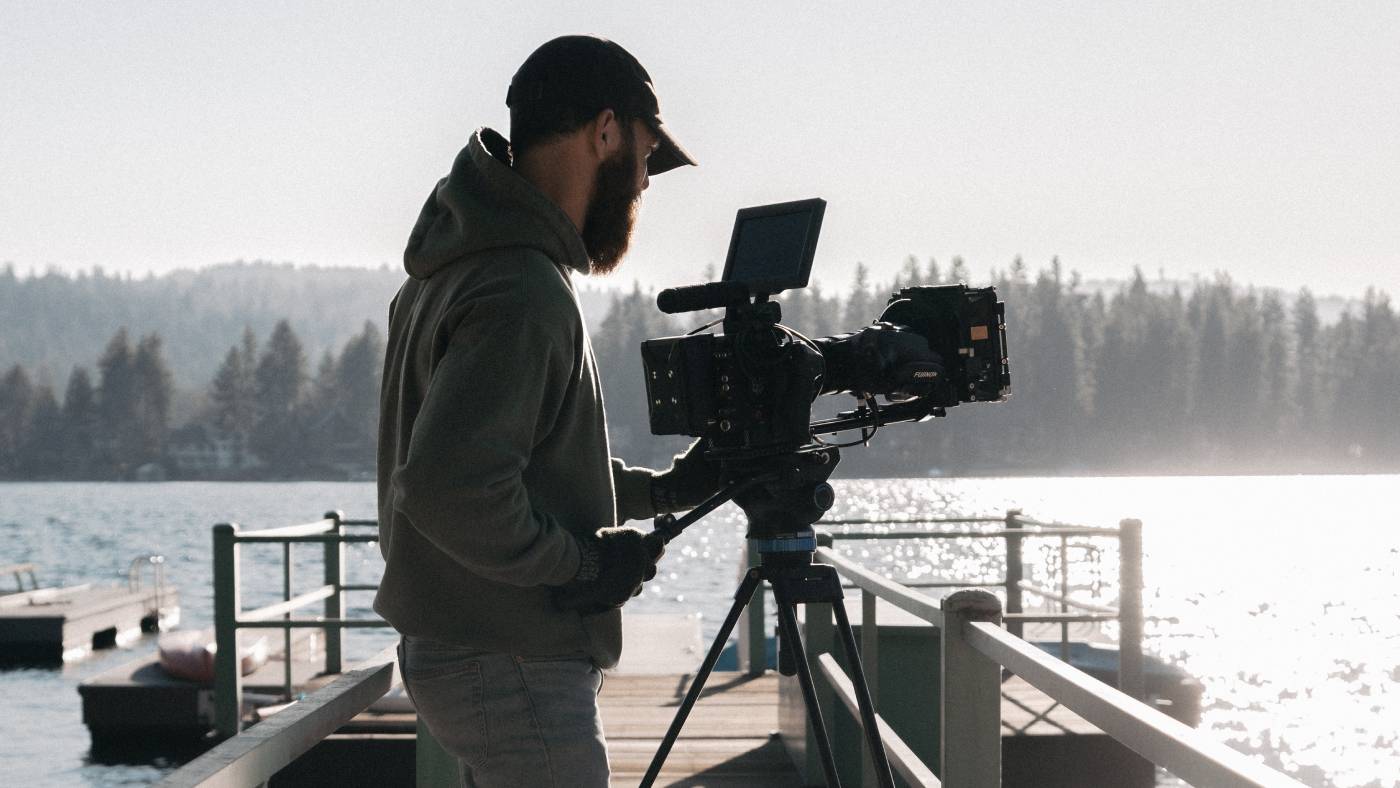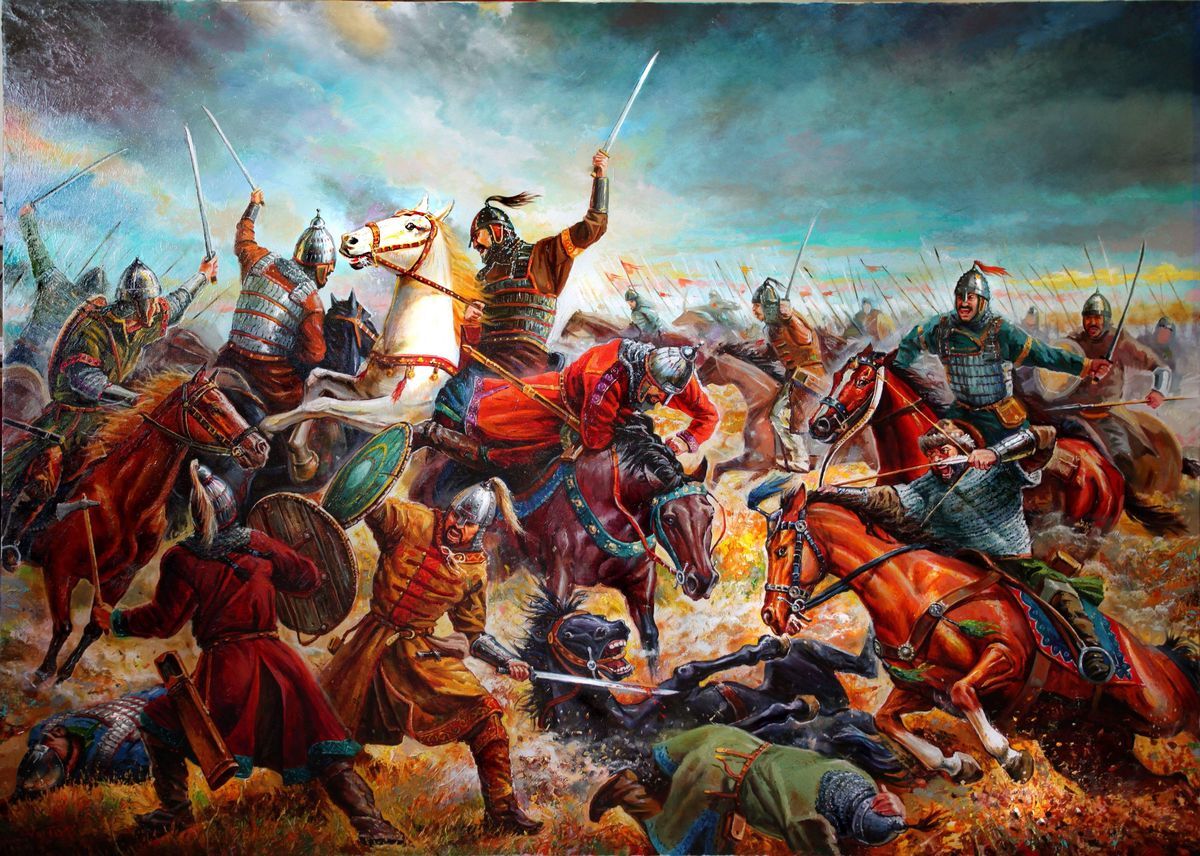
Cinematography is an essential aspect of filmmaking that often goes unnoticed by the average viewer. Behind every mesmerizing shot and captivating scene lies the meticulous work of a cinematographer. These talented individuals are the magicians who use their expertise in lighting, composition, and camera angles to bring a director’s vision to life on the big screen. However, there is more to the world of cinematography than meets the eye. In this article, we will delve deep into the fascinating world of cinematography and uncover 14 unbelievable facts about these unsung heroes of the film industry. From iconic collaborations to groundbreaking techniques, get ready to be amazed by the extraordinary stories behind some of the greatest cinematographers in history. So, sit back, relax, and prepare to be wowed by these incredible facts!
Key Takeaways:
- Cinematographers are the creative geniuses behind the camera, bringing stories to life with their mastery of lighting, composition, and visual storytelling.
- Their dedication, technical expertise, and collaboration with directors and other departments are essential in creating the unforgettable visual experiences we see on the big screen.
Cinematographers bring stories to life through their lens.
Cinematographers, also known as directors of photography, play a crucial role in the filmmaking process. They are the masterminds behind the camera, responsible for capturing the visual elements that create memorable movie moments.
They collaborate closely with directors to create a specific visual style.
Cinematographers work hand in hand with directors to translate their vision into reality. Their expertise in lighting, framing, and composition helps to establish the mood, atmosphere, and narrative of a film.
They use a wide array of camera equipment to achieve stunning visuals.
From traditional film cameras to high-tech digital cameras, cinematographers are skilled in utilizing various tools to capture breathtaking shots. They understand the technical aspects of camera operation and are adept at using different lenses, filters, and other accessories.
They adapt to different genres, from action-packed blockbusters to intimate dramas.
Cinematographers possess the versatility to work across genres, adapting their techniques to suit the specific requirements of each film. They understand how to create tension in an action sequence or capture the subtle emotions in a quiet, intimate moment.
They are skilled in manipulating light to create visually striking scenes.
Lighting is a fundamental aspect of cinematography, and cinematographers are experts at manipulating light sources to create visually compelling scenes. They understand how to use natural light, artificial lighting, and shadows to enhance the mood and atmosphere of a shot.
They meticulously plan and storyboard each shot before filming.
Cinematographers are meticulous planners. They work closely with production designers and art directors to plan the framing, angles, and camera movements for each shot. Storyboarding allows them to visualize the film and ensure the seamless flow of the narrative.
They have a deep understanding of color theory for visual storytelling.
Cinematographers understand the psychological impact of color and use it to enhance storytelling. They make deliberate color choices to evoke specific emotions or create visual contrasts that underscore the film’s themes.
They work long hours on set to capture the perfect shot.
Cinematographers often face demanding schedules on film sets, working tirelessly to capture the perfect shot within tight deadlines. Their patience, attention to detail, and ability to adapt to changing circumstances are vital for ensuring the film’s visuals are impeccable.
They collaborate with other departments to bring the director’s vision to life.
Cinematographers work closely with production designers, art directors, and costume designers to create a cohesive visual world for the film. They collaborate and communicate with each department to ensure that all elements align with the director’s vision.
They embrace new technologies to push the boundaries of storytelling.
Cinematographers are constantly exploring new technologies and techniques to push the boundaries of visual storytelling. They embrace advancements in digital cameras, computer-generated imagery, and other tools to create innovative and immersive cinematic experiences.
They have a keen eye for composition and framing.
Cinematographers understand the importance of composition and framing in creating visually captivating shots. They carefully consider the placement of objects, characters, and elements within the frame to create aesthetically pleasing and impactful visuals.
They have a deep knowledge of film history and different cinematic styles.
Cinematographers have a strong grasp of film history and are well-versed in different cinematic styles and techniques. This knowledge allows them to draw inspiration from the past and bring a unique perspective to their work.
They continue to learn and evolve their craft throughout their careers.
Cinematography is a constantly evolving field, and cinematographers understand the importance of staying updated with the latest advancements and trends. They continue to learn and refine their skills, pushing themselves to create innovative and memorable visuals.
Their work is essential in creating an immersive and captivating cinematic experience.
Cinematographers play a vital role in creating an immersive and captivating cinematic experience. Through their skillful use of camera and lighting techniques, they transport the audience into the world of the film, making it an unforgettable visual journey.
Conclusion
Cinematography is an art form that has captivated audiences for decades. From capturing stunning landscapes to creating visual narratives, cinematographers play a crucial role in the filmmaking process. In this article, we explored 14 unbelievable facts about cinematographers, shedding light on their incredible talent, technical expertise, and behind-the-scenes contributions. We learned about their role in bringing a director’s vision to life, the innovative techniques they use to manipulate light and shadow, and the challenges they face on set. Moreover, we discovered some fascinating stories about renowned cinematographers who have left an indelible mark on the history of cinema. From capturing iconic moments to pushing the boundaries of visual storytelling, cinematographers truly are the unsung heroes of the film industry.
FAQs
1. What does a cinematographer do?
A cinematographer, also known as a director of photography, is responsible for the visual aspect of a film. They work closely with the director to create the desired look and feel of the movie by selecting the right camera angles, lighting setups, and framing techniques.
2. How do cinematographers manipulate light and shadow?
Cinematographers use a variety of techniques to manipulate light and shadow in a scene. They may use different types of lighting equipment, adjust the intensity and direction of light sources, and use filters and reflectors to create specific moods and atmospheres.
3. What are some famous cinematographers?
There have been many legendary cinematographers throughout the history of cinema. Some notable names include Roger Deakins, Emmanuel Lubezki, Vittorio Storaro, Janusz Kaminski, and Gordon Willis.
4. What challenges do cinematographers face on set?
Cinematographers face various challenges on set, such as dealing with unpredictable weather conditions, managing complex camera movements, coordinating with other department heads, and working within tight time constraints.
5. Can anyone become a cinematographer?
While a formal education in cinematography can provide a strong foundation, anyone with a passion for visual storytelling and a keen eye for composition can pursue a career as a cinematographer. It requires a combination of technical knowledge, artistic sensibility, and practical experience.
Cinematographers possess an incredible talent for bringing stories to life through their lenses, collaborating with directors to create stunning visuals that captivate audiences. If you're curious to learn more about the lives and careers of renowned cinematographers, explore the enigmatic world of Janusz Kaminski, delve into the fascinating facts surrounding Guillermo Navarro, or unravel the mysteries of Rachel Morrison's journey in the film industry.
Was this page helpful?
Our commitment to delivering trustworthy and engaging content is at the heart of what we do. Each fact on our site is contributed by real users like you, bringing a wealth of diverse insights and information. To ensure the highest standards of accuracy and reliability, our dedicated editors meticulously review each submission. This process guarantees that the facts we share are not only fascinating but also credible. Trust in our commitment to quality and authenticity as you explore and learn with us.


